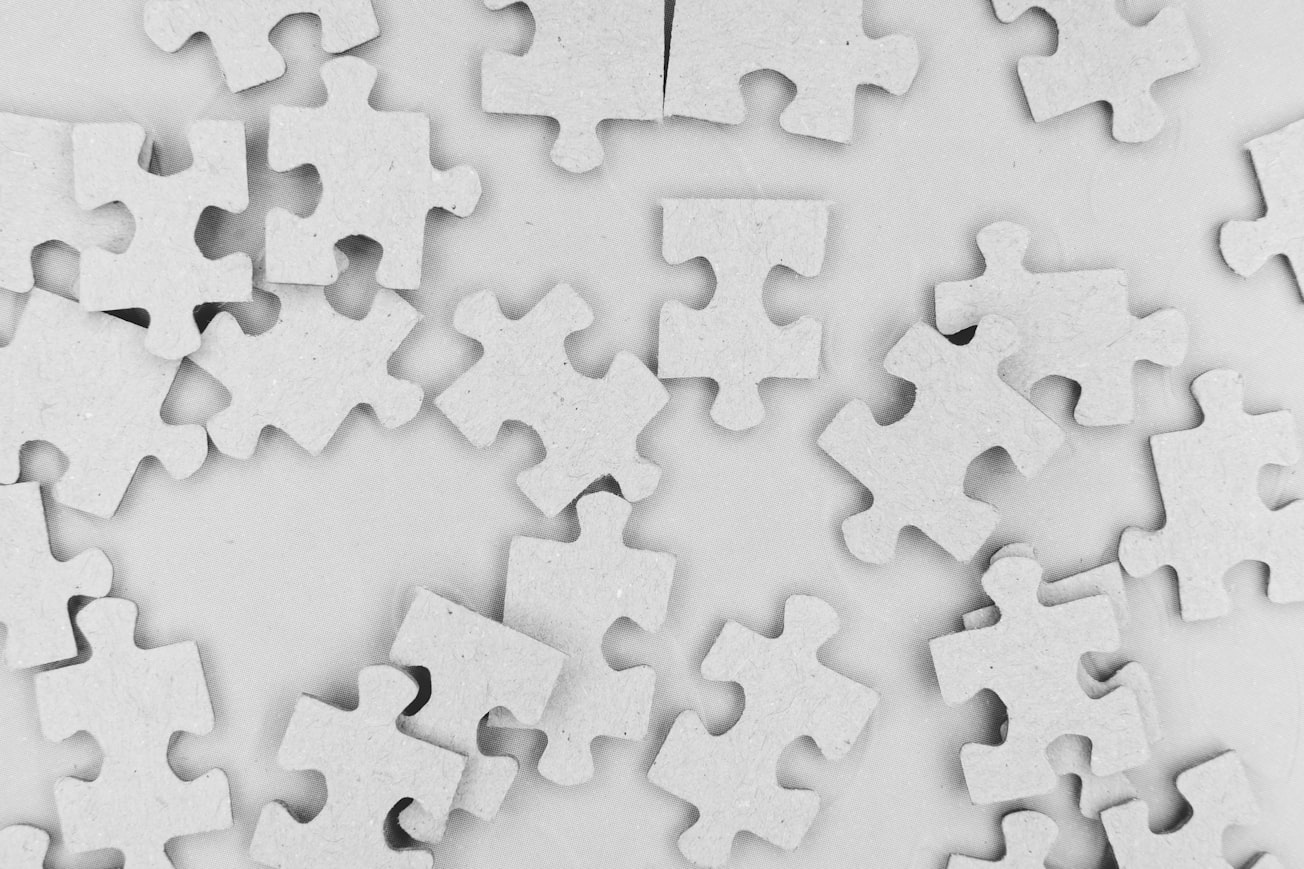What is it about?
Psychologists and psychiatrists tend to be little aware that (a) microbes in our brains and guts are capable of altering our behavior; (b) viral DNA that was incorporated into our DNA millions of years ago is implicated in mental disorders; (c) many of us carry the cells of another human in our brains; and (d) under the regulation of viruslike elements, the paternally inherited and maternally inherited copies of some genes compete for domination in the offspring, on whom they have opposite physical and behavioral effects. This article provides a broad overview, aimed at a wide readership, of the consequences of our coexistence with these selfish entities. The overarching message is that we are not unitary individuals but superorganisms, built out of both human and nonhuman elements; it is their interaction that determines who we are.
Featured Image

Photo by Markus Winkler on Unsplash
Why is it important?
One human individual is neither just human nor just one individual. Only when we understand the interactions between our human and nonhuman elements can we understand our own behavior.
Perspectives
Collecting the most shocking and thought-provoking articles my co-author and I could find to inspire the students of a new psychology course of mine, we stumbled upon the literature reviewed here. Not only did my students really enjoy it, it changed our own professional interests too.
Dr Peter Kramer
Universita degli Studi di Padova
Read the Original
This page is a summary of: Humans as Superorganisms, Perspectives on Psychological Science, July 2015, SAGE Publications,
DOI: 10.1177/1745691615583131.
You can read the full text:
Contributors
The following have contributed to this page







